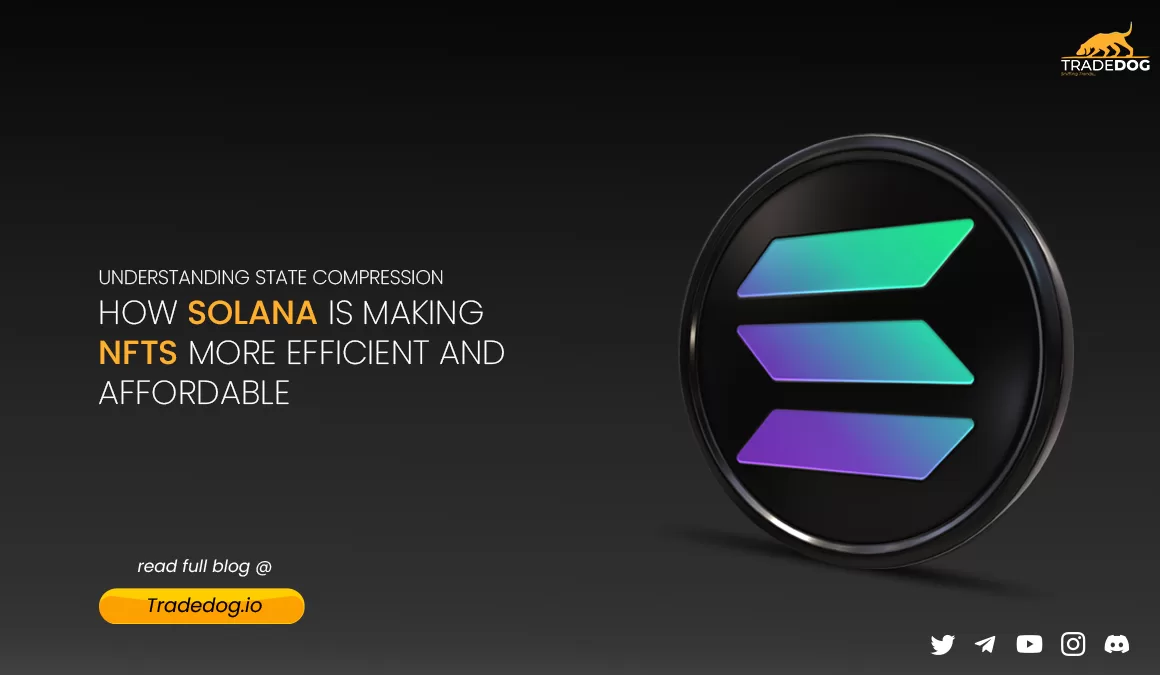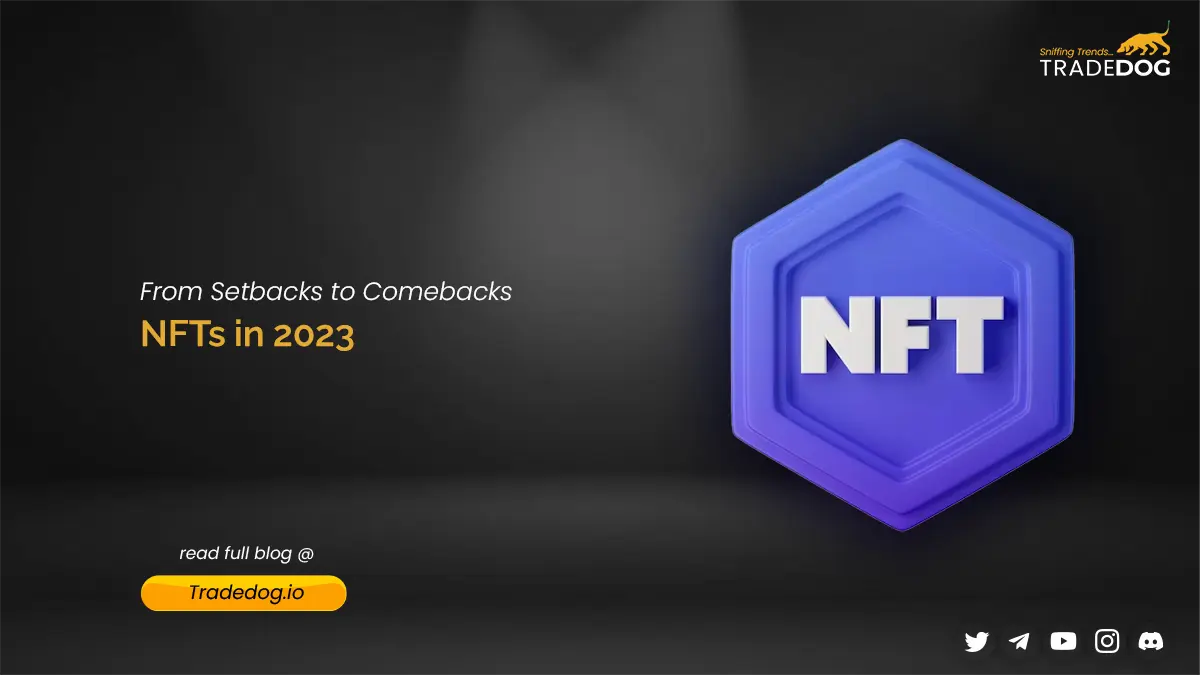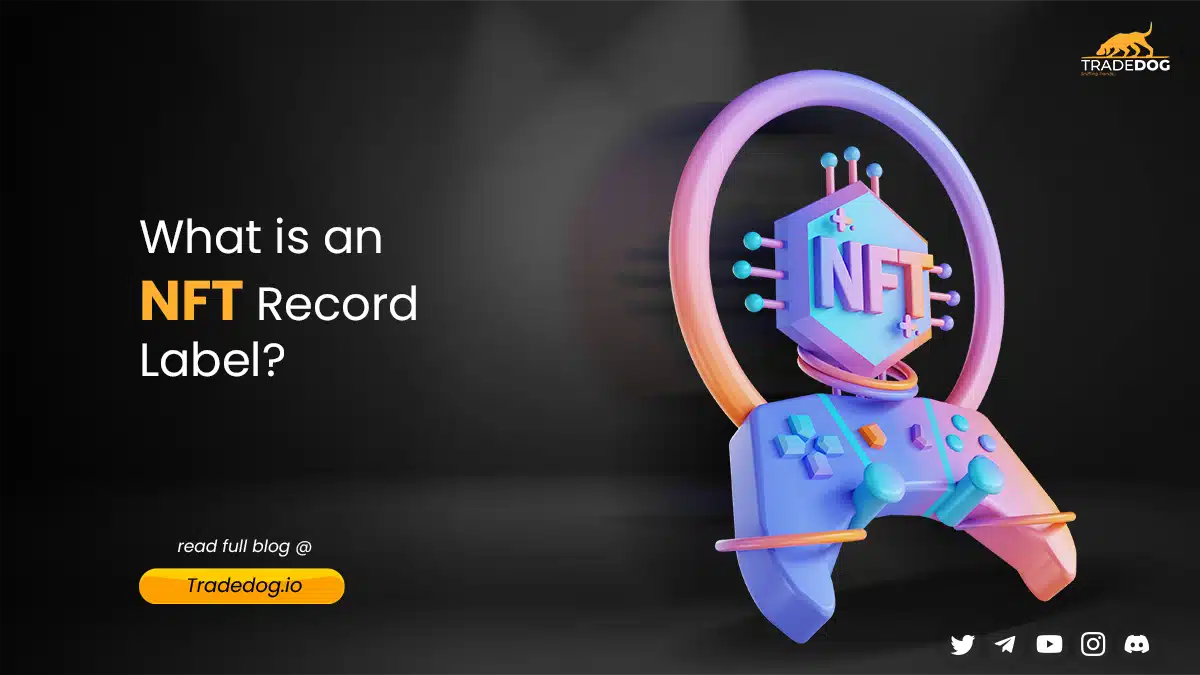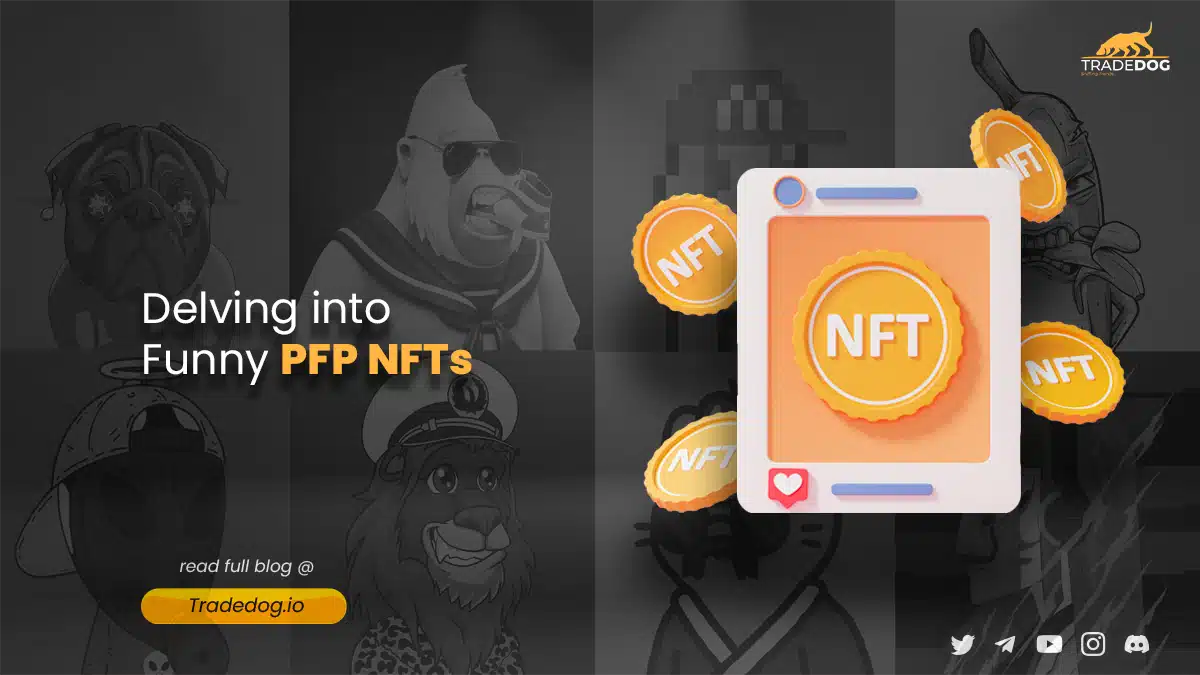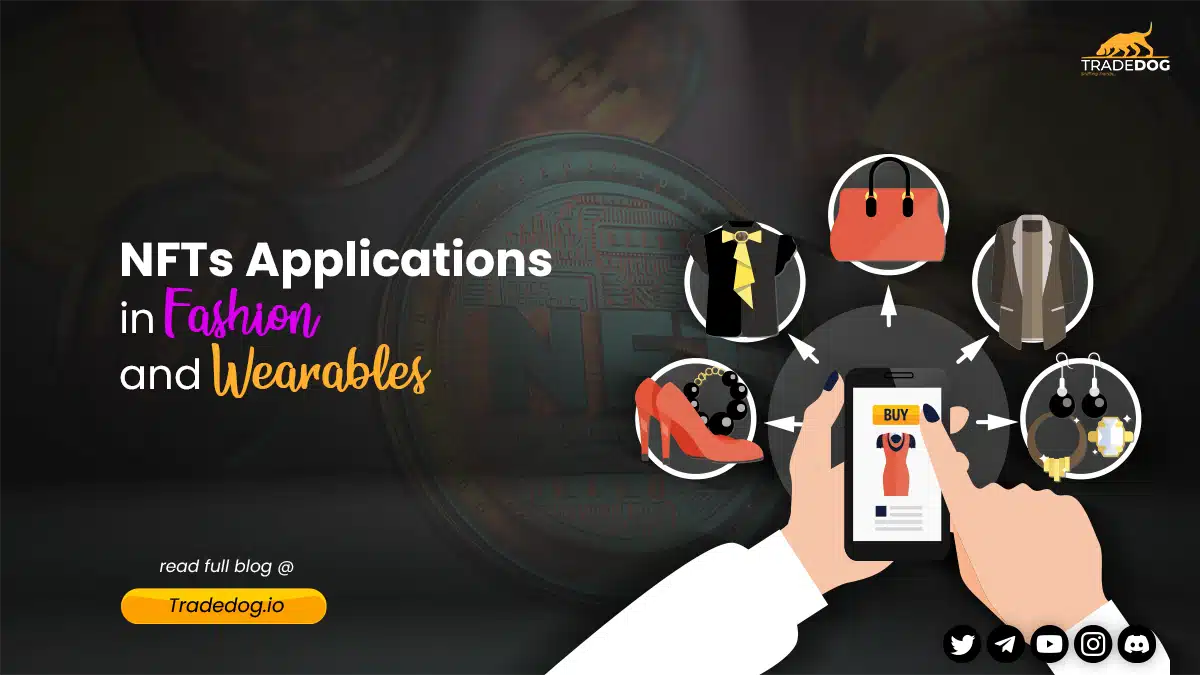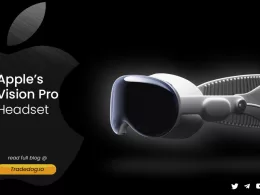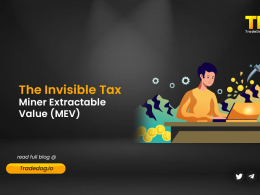Quick Links
Overview
Solana has been the industry pioneer when it comes to creating web3 experiences at scale because of its unmatched speed, low environmental impact, composability, and affordable petrol prices. This robust chain aims to empower user-first web3 project development by making it even cheaper through state compression, a novel technique for storing data on-chain that drastically reduces costs.
The technology was announced by Solana on Apr 06 and it is already being adopted by multiple projects across the Solana ecosystem.
State Compression aims to empower the Solana ecosystem to boost massive projects that focus on delivering user-friendly experiences. It is essentially a scaling solution that involves storing chunks of data off-chain and keeping just a hash of it on-chain, helping to make the network more scalable and cost-efficient. Let’s understand more about this technology and its implications in this blog!
Understanding State Compression
Mostly, the blockchain networks store data of assets & transactions on-chain, meaning the data is stored on the blockchain network. This process in itself is considered very costly as excess on-chain data storage leads to network congestion and a spike in gas fees on the network.
To counter this major problem, Solana is introducing a new solution called “State Compression” that essentially uses Merkle trees [mechanism to condense the blockchain’s state and enable adequate data integrity verification] and creates “compression-friendly” data structures of transactions, allowing developers to club multiple transactions and store a small bit of it (root hash of the transaction) on the chain.
As state compression reduces the amount of data that needs to be stored on the network while maintaining its security and integrity, the congestion on the network decreases, directly reducing the gas fee. Therefore, the network is able to store and process enormous transactions and data compactly by storing only the root hash of the Merkle tree.
In a recent blog published by Solana, it was highlighted that via state compression, the network could cut down the costs for minting NFTs by heavy magnitudes.
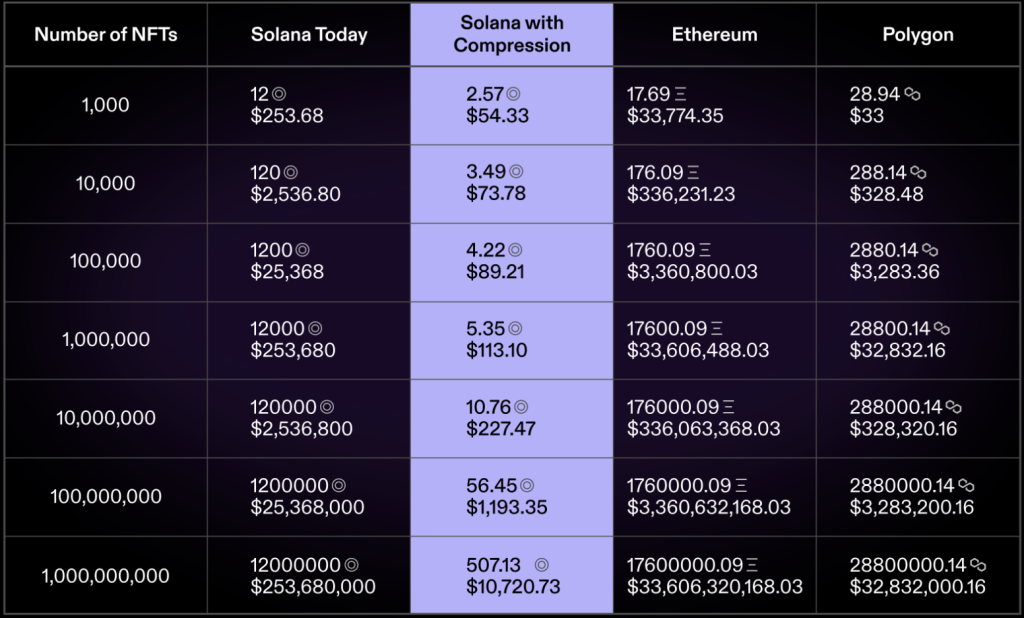
In addition, Solana employs a method known as “lazy loading” to only load data as needed rather than keeping all data in memory at all times. This further lowers the Solana blockchain’s memory needs.
Henceforth, State compression is a crucial method for enhancing the Solana blockchain’s scalability and performance since it increases the number of transactions that can be executed per second and lowers the amount of storage needed to run a node.
How does it benefit NFTs
Now that we know that State Compression utilizes Merkle trees to store datasets (off-chain), let’s understand how it benefits NFTs. Unlike uncompressed NFTs, which store data on-chain, Compressed NFTs store their state (metadata, owner, etc.) in a Merkle tree.
Powered by Bubblegum (a program initiated by Solana), NFT compression doesn’t store detailed account information on-chain but rather in data stores run by RPC providers. In order to create uncompressed NFTs, compressed NFTs can also be losslessly decompressed into the former, preventing the holders from losing the original quality of the NFT during the process. If the off-chain data stored in the Merkle Tree is tampered with, the digital “fingerprint” of the data reflects the change from the original fingerprint (one which is present on-chain), and it is easily identified if the data has been compromised. Therefore, compressed NFTs are considered highly secure and tamper-proof as anyone can determine whether their data has been altered/compromised.
To onboard and serve the needs of the next millions of users seamlessly to the web3 world, Solana created the technology of State Compression, allowing enterprises to mint NFTs in a cost-effective way. It is believed that through NFT Compression, enterprises can extend the use case of NFTs to different sectors:
- Social Media
- Gaming
- Events & Ticketing
- Metaverse
In a nutshell, NFT developers can store more data on-chain at a lower cost while factors like integrity, privacy, and rarity of their assets are maintained, thanks to State Compression. Another advantage of Compressed NFTs is that with higher volumes, the cost of minting NFTs gets cheaper because it decreases on the scale rather than falling linearly, making it easy for projects to drive massive adoption via airdropping low-cost or even free NFTs.
Projects leveraging this technology
Dialect: A messaging tool built on Solana uses blockchain technology at its core, is leveraging state compression by integrating its interactive messaging functionality. By making use of Merkle trees as the underlying tech, Compressed NFTs, a novel variety of NFTs made available by state compression, are used by the dapp to significantly reduce minting costs and enable widespread NFT sticker sharing.
By making the already cheap cost of NFT minting on Solana nearly trivial, this addresses a significant pain point for NFT enthusiasts and increases the scalability of web3 experiences for enterprises.
State compression causes NFT minting costs to rise scale-wise rather than linearly. To mint 100K NFTs, it only costs $103 and to mint 1 Mn NFTs, it would cost $133, which is way less than what the users had to pay before.
Crossmint: A NFT tooling and API company has recently started to use compressed NFTs to make the NFTs cheaper for buyers. According to Rodri Fernandez Touza (Co-founder), “The key feature of compressed NFTs is that they make large-scale use cases economically feasible for the first time”.
To reward Crossmint wallet owners for being early adopters, the blockchain infrastructure provider has already minted around 300,000 NFTs. The drop served as “proof of success,” according to Jon Wong, ecosystem technical lead for the Solana Foundation because it showed how effective state compression is for a simple use case.
Projects like Drip Haus ~ a Solana-based NFT marketplace is using NFT compression to host mass airdrops. To take advantage of NFT compression and tokenize entire scene graphs for GPU rendering, Render is thinking of switching to Solana.
Closing Thoughts
With reducing costs (on-chain fees) by the magnitude of scales, State compression is the revolutionary technology that would enable dapps to onboard the next wave of users. NFT Compression is the new innovation in non-fungible technology that would play an integral role in projects to attract communities via airdrops, giveaways, and rewards. The technology is still in its infancy but it is confirmed that it would contribute majorly for Solana to position itself as a robust L1 network.





